20 Random LED Patterns using Arduino
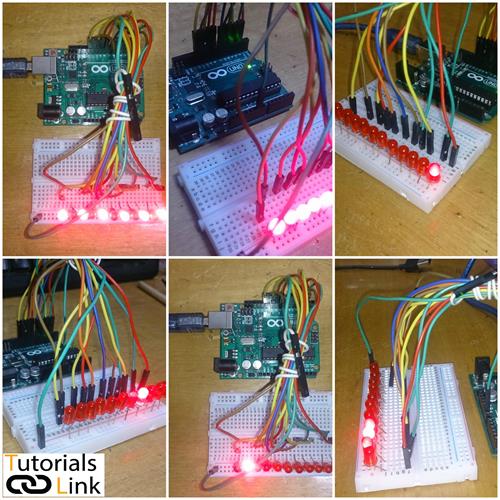
Project description:
In this project we will make take 12 LED’s and using them we will make 20 Led blinking pattern using Arduino board.
LED:
Light-emitting diode (LED) is a two lead semiconductor light source that emit light when activated.
LED consist of two leads:
- Cathode – negative
- Anode– positive
Component needed:
Arduino Uno x 1:
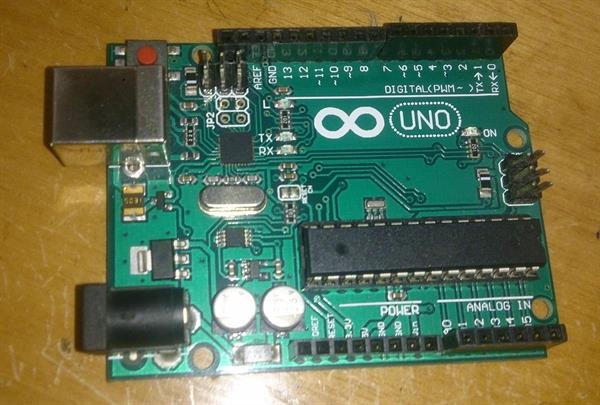
LED x 12:
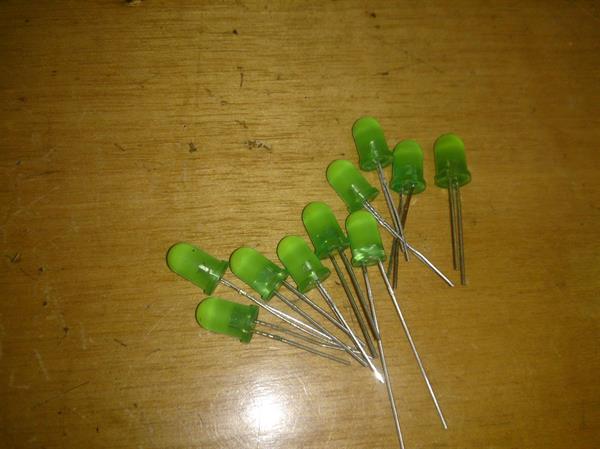
Jumper wires:
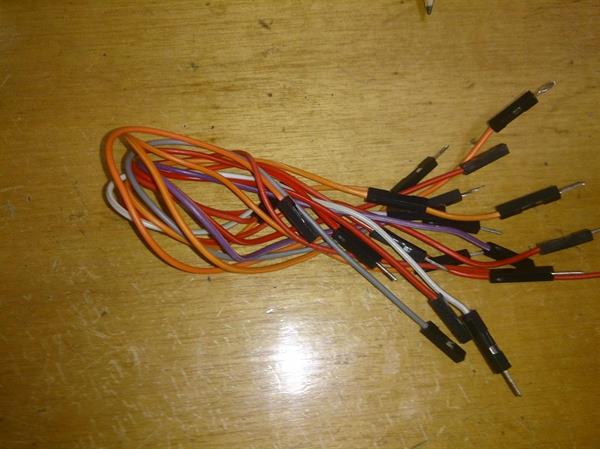
Connections:
- Connect –VE terminal of all LED’s to GND PIN of Arduino
- Connect positive pin of LED 1 to PIN no 2 of Arduino
- Connect positive pin of LED 2 to PIN no 3 of Arduino
- Connect positive pin of LED 3 to PIN no 4 of Arduino
- Connect positive pin of LED 4 to PIN no 5 of Arduino
- Connect positive pin of LED 5 to PIN no 6 of Arduino
- Connect positive pin of LED 6 to PIN no 7 of Arduino
- Connect positive pin of LED 7 to PIN no 8 of Arduino
- Connect positive pin of LED 8 to PIN no 9 of Arduino
- Connect positive pin of LED 9 to PIN no 10 of Arduino
- Connect positive pin of LED 10 to PIN no 11 of Arduino
- Connect positive pin of LED 11 to PIN no 12 of Arduino
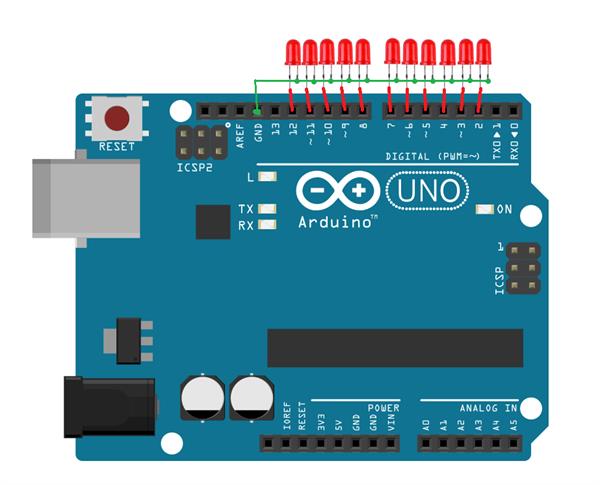
Uploading the code:
- Copy and paste the code below in Arduino and click upload
void setup()
{
for (int pin = 2; pin <= 12; pin++)
{
pinMode(pin,OUTPUT);
}
}
//Main Loop - Switches different LED Patterns
void loop()
{
int pickme = random(1,20); // picks a random pattern of LED patterns
switch(pickme)
{
case 1:
onrun(random(20,50));
break;
case 2:
alternate(random(80,100));
break;
case 3:
offrun(random(20,50));
break;
case 4:
stack(random(30,50));
break;
case 5:
chaser(random(80,100));
break;
case 6:
fadealter(random(80,100));
break;
}
}
void clearall()
{
for (int pin = 2; pin <= 19; pin++)
{
digitalWrite(pin,LOW);
}
}
void fillall()
{
for (int pin = 2; pin <= 19; pin++)
{
digitalWrite(pin, HIGH);
}
}
//One ON LED Run and all other OFF
void onrun(int delaytime)
{
for(int pin = 2; pin <= 19; pin++)
{
clearall();
digitalWrite(pin, HIGH);
delay(delaytime);
}
for(int pin = 18; pin >= 2; pin--)
{
clearall();
digitalWrite(pin, HIGH);
delay(delaytime);
}
}
//One OFF LED Run and all other OFF
void offrun(int delaytime)
{
for(int pin = 2; pin <= 19; pin++)
{
fillall();
digitalWrite(pin, LOW);
delay(delaytime);
}
for(int pin = 18; pin >= 2; pin--)
{
fillall();
digitalWrite(pin, LOW);
delay(delaytime);
}
}
//Flashing all LEDs ON and OFF
void flash(int delaytime)
{
for(int i = 1; i <=20; i++)
{
clearall();
delay(delaytime);
fillall();
delay(delaytime);
}
}
//Flashing LED in Fade manner
void fadeflash(int delaytime)
{
clearall();
int newdelay = delaytime / 5;
for(int fade = 0; fade <= 255; fade += 5)
{
for(int pin = 2; pin <= 19; pin++)
{
analogWrite(pin, fade);
}
delay(newdelay);
}
for(int fade = 255; fade >= 0; fade -= 5)
{
for(int pin = 2; pin <= 19; pin++)
{
analogWrite(pin, fade);
}
delay(newdelay);
}
}
//Alternatively Fade & Brightens
void fadealter(int delaytime)
{
clearall();
int newdelay = delaytime / 5;
for(int fade = 0; fade <= 255; fade += 5)
{
for(int i = 2; i <= 18; i+=2)
{
analogWrite(i, fade);
}
for (int j = 3; j <= 19; j += 2)
{
analogWrite(j, 255-fade);
}
delay(newdelay);
}
for(int fade = 255; fade >= 0; fade -= 5)
{
for(int i = 2; i <= 18; i+=2)
{
analogWrite(i, fade);
}
for (int j = 3; j <= 19; j += 2)
{
analogWrite(j, 255-fade);
}
delay(newdelay);
}
}
//Alternate Flash - Similar to Flash but alternate LEDs
void alternate(int delaytime)
{
for (int n = 1; n <= 5; n++)
{
clearall();
for (int i = 2; i <= 18; i += 2)
{
digitalWrite(i, HIGH);
}
delay(delaytime);
clearall();
for (int j = 3; j <= 19; j += 2)
{
digitalWrite(j, HIGH);
}
delay(delaytime);
}
}
//Putting all LEDs one by one in a stack
void stack(int delaytime)
{
int stack = 0;
while(stack < 18)
{
for(int pos = 2; pos <= (19 - stack); pos++)
{
clearall();
digitalWrite(pos, HIGH);
drawstack(stack);
delay(delaytime);
}
stack++;
}
}
//Subfunction of the stack function
void drawstack(int stack)
{
for(int n = 19; n > (19 - stack); n--)
{
if(n >= 2)
{
digitalWrite(n, HIGH);
}
}
}
//One LED chases another LED front and back
void chaser(int delaytime)
{
int div = 40;
int flashtime = delaytime / div;
int A = random(2,7);
int B = random(7,12);
int Av = 1;
int Bv = 1;
if(random(0,2))
{
Av *= -1;
}
if(random(0,2))
{
Bv *= -1;
}
for(int time = 1; time < 100; time++)
{
if(abs(A-B) == 1 && (Av*Bv) == -1)
{
for(int f = 1; f < round(div/4); f++)
{
clearall();
delay(flashtime);
digitalWrite(A, HIGH);
digitalWrite(B, HIGH);
delay(flashtime);
}
Av *= -1;
Bv *= -1;
A += Av;
B += Bv;
}
else
{
clearall();
digitalWrite(A, HIGH);
digitalWrite(B, HIGH);
A += Av;
B += Bv;
delay(delaytime);
}
if(A < 2)
{
A = 3;
Av *= -1;
}
if(B > 19)
{
B = 18;
Bv *= -1;
}
if(A >= B)
{
A = B-1;
}
}
}
Conclusion:
You will see all the led patterns running randomly this is because we have implemented random function for pattern selection.
If you want to run a specific pattern remove the random function in the code and pass your own value in switch function accordingly.